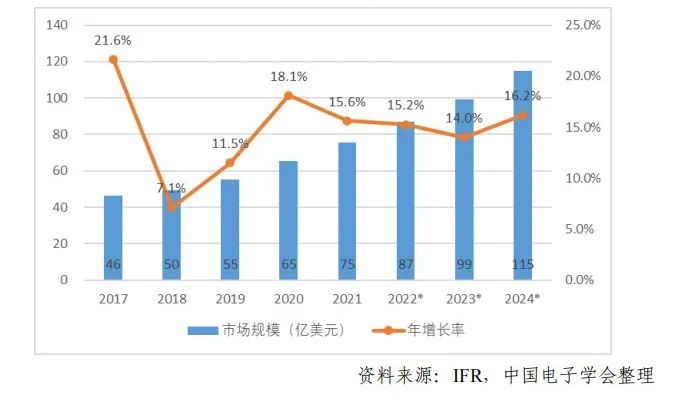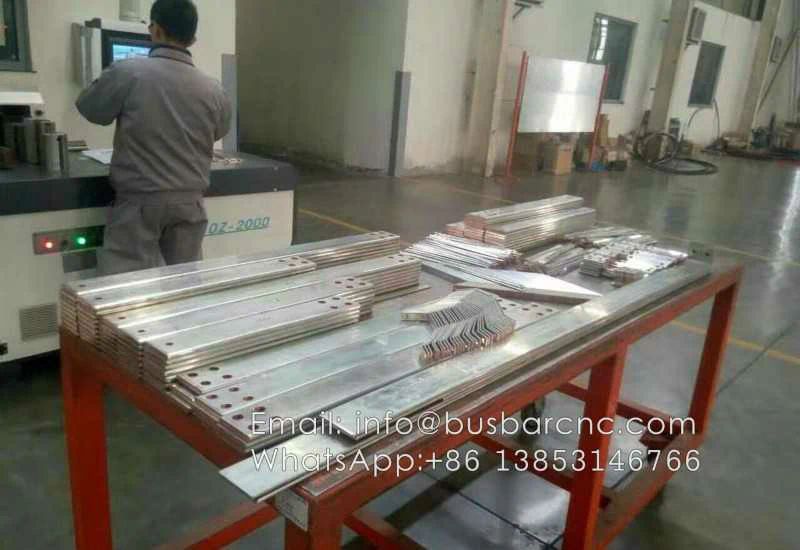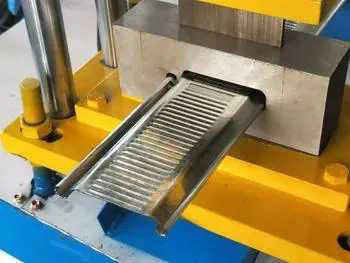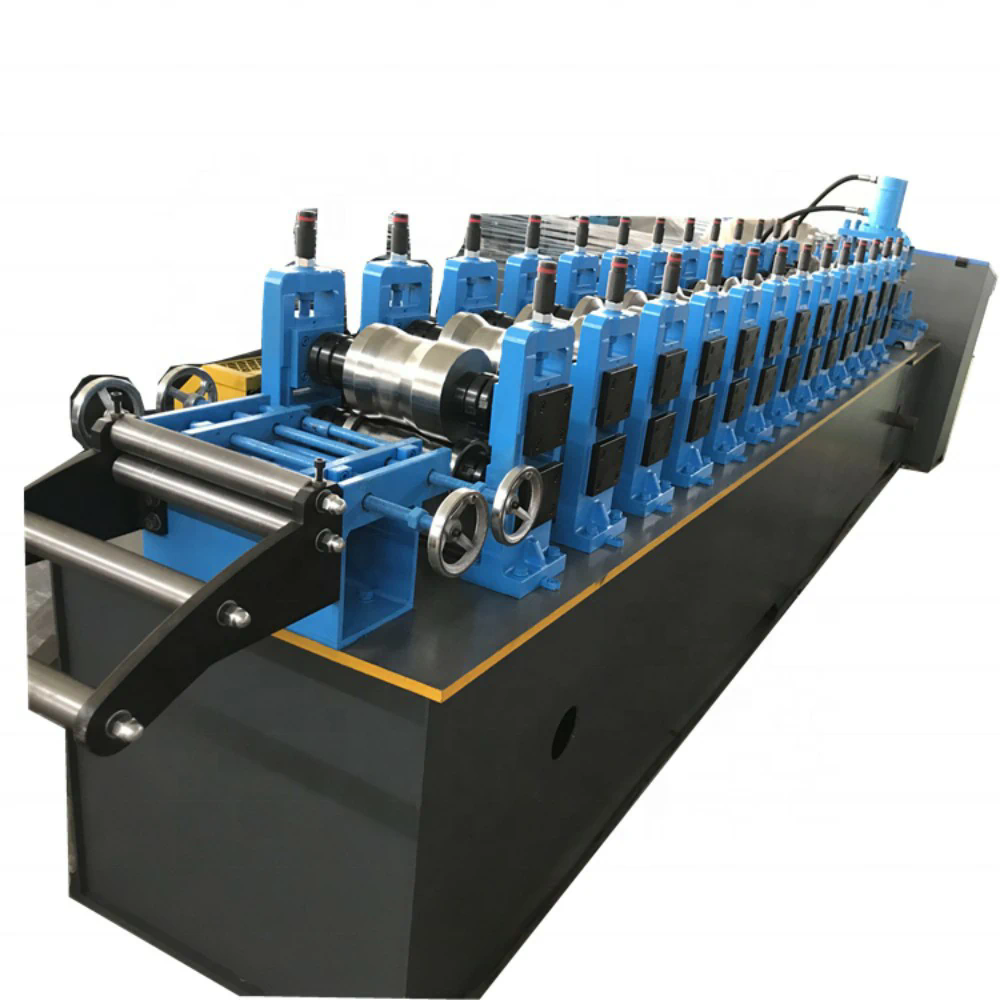Hundreds of robot dogs sing and dance, the simulated humanoid robot “Teresa Teng” shows its voice, and the robot “doctor” does surgery remotely… From August 18 to 21, the 2022 World Robot Congress was held in Beijing. At present, artificial intelligence, 5G, new materials and other technologies and robot technologies are accelerating the integration, new technologies, new products and new applications are emerging in an endless stream, and the robot industry has ushered in an important period of opportunity for innovative development and upgrading. screen panel hmi
China has become the world’s largest application market
for robots The reporter learned at the meeting that through the joint efforts of many parties, the development of China’s robot industry has reached a new level and has become the world’s largest application market for robots.
According to data from the National Bureau of Statistics, in 2021, China’s industrial robot output was 366,000 units, an increase of 68% over the previous year, and the output of service robots was 9.214 million units, an increase of 49% over the previous year, and the market size of special robots was also growing steadily. “China Robot Industry Development Report (2022)” predicts that in 2022, the size of China’s robot market will reach 17.4 billion US dollars, with an average annual growth rate of 22% in five years. Among them, the industrial robot market size is expected to reach 8.7 billion US dollars, service robots 6.5 billion US dollars, and special robots 2.2 billion US dollars.
2017-2024 China’s industrial robot sales and growth rate
It can be seen that the pace of technological innovation in China’s robot industry has accelerated significantly. In terms of core technologies, common technologies such as information perception and navigation, multi-task planning and intelligent control have made breakthroughs, and cutting-edge technologies such as bionic perception and cognition and electronic skin have achieved some original results. In terms of high-end products, the went-to-day experimental cabin carried a small robotic arm with flexible mobile and flexible positioning, and successfully completed the inspection test of extravehicular equipment; A number of orthopedic, brain surgery, soft tissue, oral and other surgical robots have successfully carried out clinical operations through registration with the State Food and Drug Administration.
At the same time, the application breadth and depth of China’s robot industry continue to expand. The application of traditional industries has been deepening, and industrial robots have been applied in 60 industry categories and 168 industries. The application of emerging fields continues to develop, and robot companies work closely with industry users to jointly develop and develop a number of advanced and practical robot products and solutions for potential application needs, segments and specific scenarios.
In addition, the development environment of China’s robot industry is increasingly optimized. On the one hand, the public technical service system is becoming more and more perfect; On the other hand, industrial investment and financing continue to be active, and the robot field has initially formed a pattern of industrial and capital linkage development.
According to statistics, in the first half of 2022, China’s robot industry has disclosed a financing amount of more than 5 billion yuan, and the core components of collaborative robots, surgical robots and other fields have become the focus of social capital. By the end of 2021, the number of specialized new small giant enterprises in the field of robotics has reached 101, covering various types of enterprises such as core components and system integration of the whole machine.
Industrial robots power precision manufacturing
For enterprises and factories, industrial robots have become indispensable to maintain their daily operations. TThe data shows that in 2021, the global industrial robot installation volume hit a record high, reaching 487,000 units, and the output of industrial robots in China reached 366,000 units, an increase of 10 times over 2015, ranking the world’s largest industrial robot market.
At the robot expo held at the same time of the conference, the reporter not only saw collaborative robots, MOTOMAN robots, multi-joint robots, DETAL robots, SCARA robots, etc. in the industrial robot exhibition area, but also saw core components including controllers, sensors, lidar, servo motors, reducers, etc., as well as some popular industry application integration solutions, AGV, industrial cleaning robots, smart warehousing, etc.
At present, the intelligent manufacturing system with industrial robots as the core has become an important part of the digital transformation of the manufacturing industry. Industrial robots are expanding from simple operations such as handling and loading and unloading in the past to high-precision, high-sensitivity precision machining scenarios such as assembly, grinding, and polishing.
Take Yaskawa Shougang New Energy Battery Box Robot Intelligent Production Line as an example. In this system, the robot integrates 3D vision, AMR, 5G and other technologies to realize the fully automatic operation of production and logistics. Hu Ting, director of the Anchuan Shougang Technology Center, told The China Electronics News that compared with traditional automobiles and auto parts manufacturing, new energy vehicles have higher requirements for the flexibility, intelligence and digitization of industrial robots. Yaskawa Shougang Robot uses technology such as force control to ensure that the grinding force between the grinding tool and the workpiece is constant, and the production and processing are refined.
Core parts and components enterprises continue to develop in the direction of “specialization and special innovation”. SSRT soft robot brings the first self-developed industrial flexible end effector in China. According to reports, the flexible end effector is a new type of end clamp, with a soft “finger”, which can adjust the gripper according to the size, shape and material of the workpiece, and gently and undamagedly grasp the workpiece, with high adaptability. “By putting gloves on the air and developing a low-cost alternative to manual work, we have solved the problem of the ‘last centimeter’ of industrial automation.” The head of the SRT soft robot said.
Zhitong Technology brought the core component of industrial robots – CRV reducer. It is understood that this “small part” of only 15 centimeters accounts for 1/3 of the total cost of the robot and has long relied on imports. Through industry-university-research cooperation with Beijing University of Technology, Zhitong Technology promotes the reducer to achieve independent control in terms of accuracy and life, and get rid of import dependence.
Service robot “human-machine integration”
The service robot market is developing rapidly and is active in innovation, which has become a bright spot in the robot market. The “China Robot Industry Development Report (2022)” predicts that in 2022, the size of China’s service robot market will reach 6.5 billion US dollars, and by 2024, it is expected to exceed 10 billion US dollars.
At present, commercial robots, medical robots, delivery robots, household robots, sanitize robots, companion robots, elderly care robots and other different types of service robots have rapidly penetrated into our life scenarios, providing guidance, cruise, publicity, distribution, health care and other services. <
As a kind of companion robot, the bionic humanoid robot is particularly eye-catching at this expo. “Let time rush by, I only care about you…” As soon as I entered the expo venue, there was a sweet singing voice, and it turned out that the bionic robot “Teresa Teresa” was singing the classic song “I Only Care About You”. I saw “she” clutching the microphone, her body gently shaking with the music, and waving to the audience from time to time, and every movement was smooth and natural. On the side, a bionic humanoid robot named “Sear” not only looks “exactly like” the engineer who designed it, but also synchronizes the eyes, movements and expressions of real people.
The bionic humanoid robot is the most in line with people’s impression of robots, which not only have the shape of a human, but also imitate human language, movements and habits. According to Li Boyang, CEO of Dalian Tiaisi Technology Co., Ltd. (EX Robot), the bionic humanoid robot is a typical case of technology integration and innovation, and its core technology involves flexible actuators, robot control actions, cloud control systems, robot databases, skin design, AI algorithms and other fields. In his view, the meaning of the existence of bionic humanoid robots is to interact with people and create emotional connections. “The behavior and interaction mode of the bionic humanoid robot is similar to that of people, and can make detailed expressions of people and better convey emotions.”
Wang Tiantian, an academician of the Chinese Academy of Engineering, said that the ideal relationship between robots and humans is “like the same kind”. Although one is a machine and one is a human, it feels like the same kind, so that robots can better serve humans, which is especially important for companion robots. <
“Robot + medical” is currently a popular track for service robots, and the expo has a special exhibition area to present the development of medical robots. Here, the reporter saw that some robot “doctors” can perform remote endoscopic minimally invasive surgery, some robots can assist doctors to complete vascular interventional surgery, and robots “Big White” can complete nucleic acid sampling within ten seconds.
Liu Yu, executive vice president and chief commercial officer of Minimally Invasive Robot Group, said that the surgical robot breaks through the limits of human hands, human eyes and human brain, and can assist doctors to complete difficult operations accurately, efficiently and safely. In addition, the integration of surgical robots and 5G technology can make ultra-remote surgery possible and solve the problem of people’s difficulty in seeing a doctor.
In the field of agriculture, from arable land, to breeding, fertilization, weeding, spraying, harvesting, processing, warehousing, sales, basically all links can be achieved by intelligent equipment or special robots to provide comprehensive collaborative services. Zhao Chunjiang, an academician of the Chinese Academy of Engineering, said that at present, China has corresponding research and development around autonomous tractors, small agricultural mobile platforms, grafting robots, transplanting robots, transplanting robots, fruit sorting robots, picking robots, and weeding robots. He predicts that by 2025, the output value of agricultural robots will reach $87.9 billion, and 720,000 robots will be in use, with a focus on unmanned tractors, material management, drones and so on.
Special robots to intelligent
special robots environmental adaptability continues to increase, is ushering in the opportunity period of new demand outbreak, in emergency rescue, dangerous operations, extreme scientific expeditions, attack and exploration and other aspects of wide application. DData show that since 2017, the average annual growth rate of China’s special robot market has reached 30.7%, and it is expected that by 2024, the size of China’s special robot market is expected to reach 3.4 billion US dollars.
At this expo, thousands of high temperature resistant fire fighting robots, ultra-low temperature resistant patrol robots, explosion-proof reconnaissance robots, high-altitude rust removal robots and so on were all unveiled.
The picture
shows the audience visiting the Shihe River Jet Cleaning Robot
At the expo site, a robot that can vertically descend and climb on the wall attracted the attention of reporters. According to Lu Baoan, senior vice president of Shihe Technology, this is a water jet cleaning robot, which can “fly over the wall” at high altitude and replace people to remove rust and sink on the surface of the ship. With the help of intelligent technology, the robot realizes one-key lane change, autonomous navigation of the façade, and autonomous work in the specified area. Road security guards said that working at height is very dangerous, not only often facing extreme weather such as high winds, high temperatures and severe cold, but also the danger of falling. Aerial robots can liberate people from dangerous environments and complete their work more safely and efficiently. According to reports, the work efficiency of the aerial work robot can reach 6-8 times that of the human.
Lu Baoan believes that special robots will further develop to intelligence in the future. “In the future, the functions of special robots will be more diversified and intelligent, and effective judgment, decision-making and processing in complex scenarios will be realized.” Road security guard said.
Entering the era of autonomous service 4.0 Through the era of
automation 1.0 and the era of digitalization of 2.0, people are now in the era of intelligent collaboration of robots 3.0, and the future is about to enter the era of 4.0 of autonomous services. Li Peigen, an academician of the Chinese Academy of Engineering, said that robot independent learning and scene adaptation will be the main features of the 4.0 era, and knowledge graph technology and scene digital twin technology will become the core technology of robot 4.0.
The cloud robot with the “brain” in the cloud is also the development direction of future robots. A “cloud” brain can control many robots, bringing together all kinds of information from all connected robot vision and speech to achieve unified scheduling control.
In Li Bacon’s view, with the development of intelligent robot technology, robots can also extend the existence of people. Robots can fuse human consciousness, and robot perception can also become human perception. In this way, robots can act as stand-ins for people and help people perceive more of the world.
In the next step, China’s robot industry should continue to break through key core technologies, create high-end series products, broaden the depth and breadth of applications, uphold the concept of openness and win-win, and work with global robot peers to share development opportunities and win-win development in the future.



